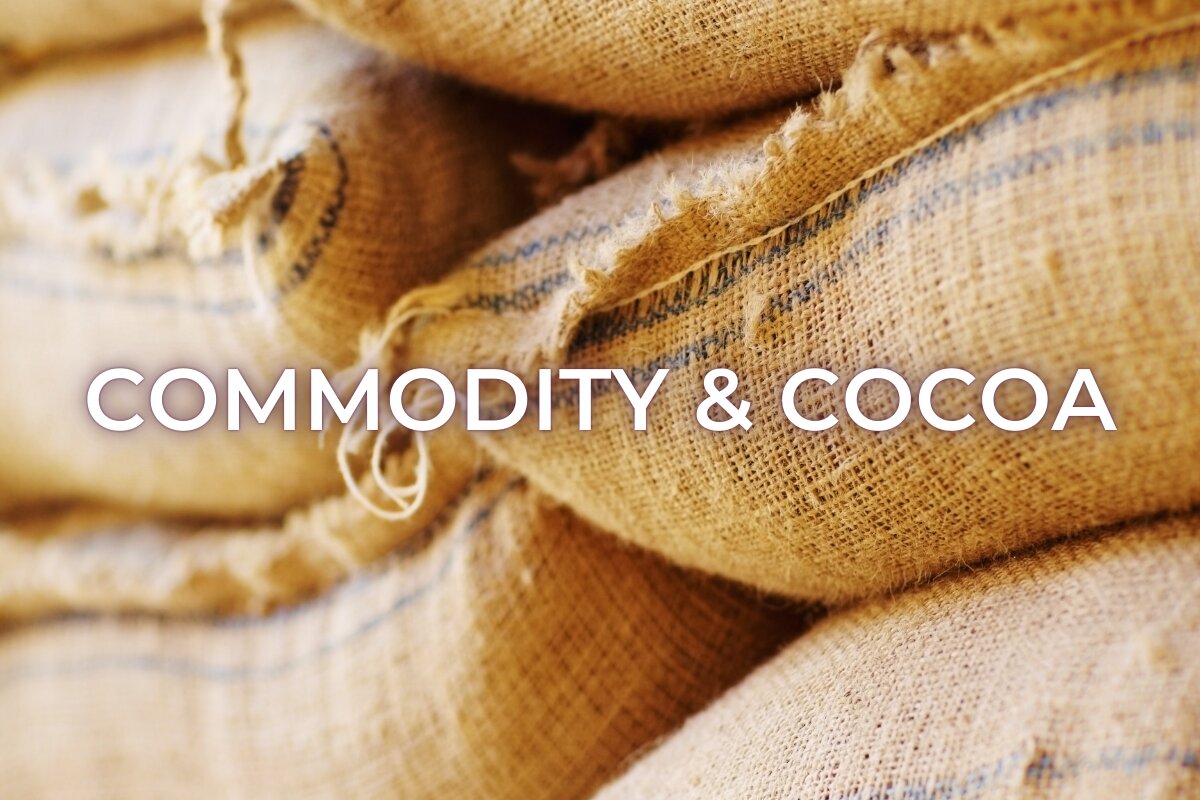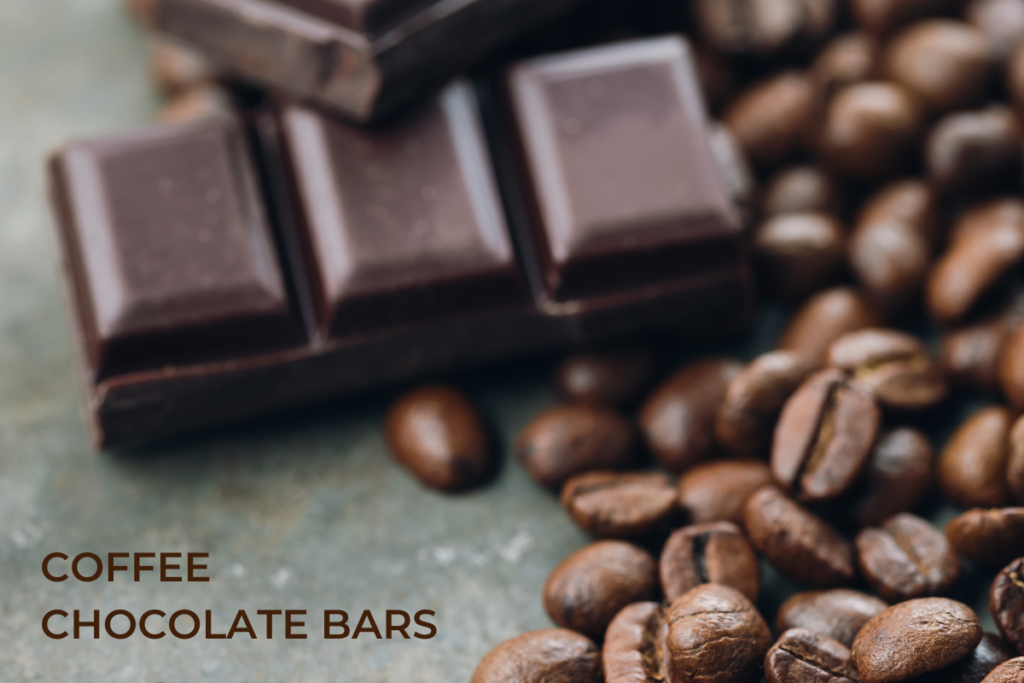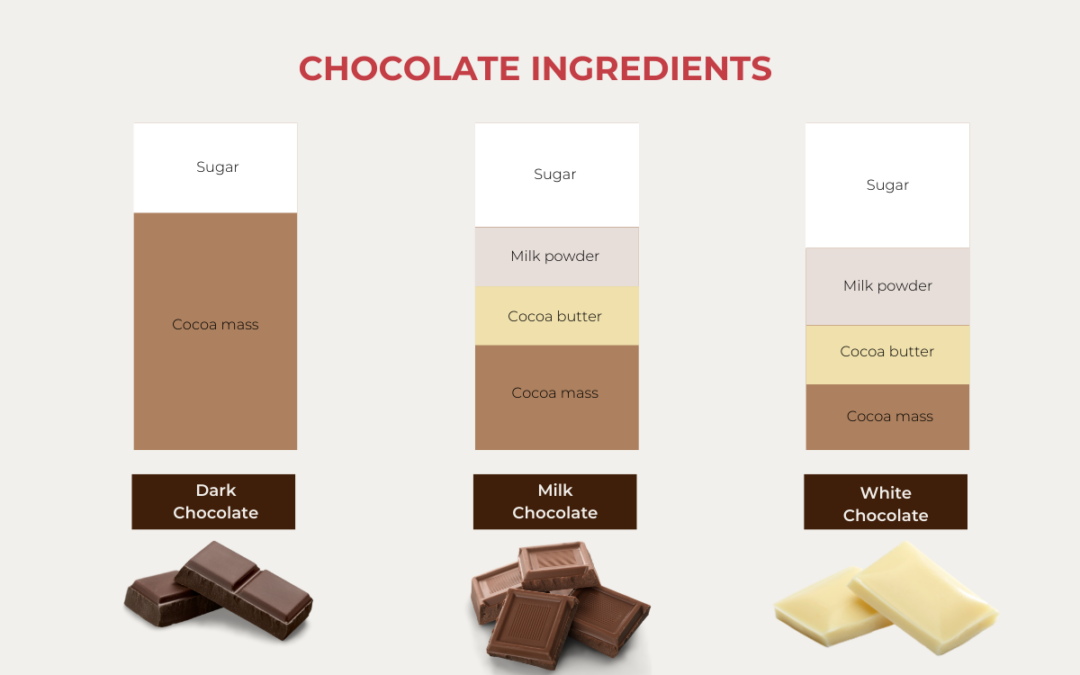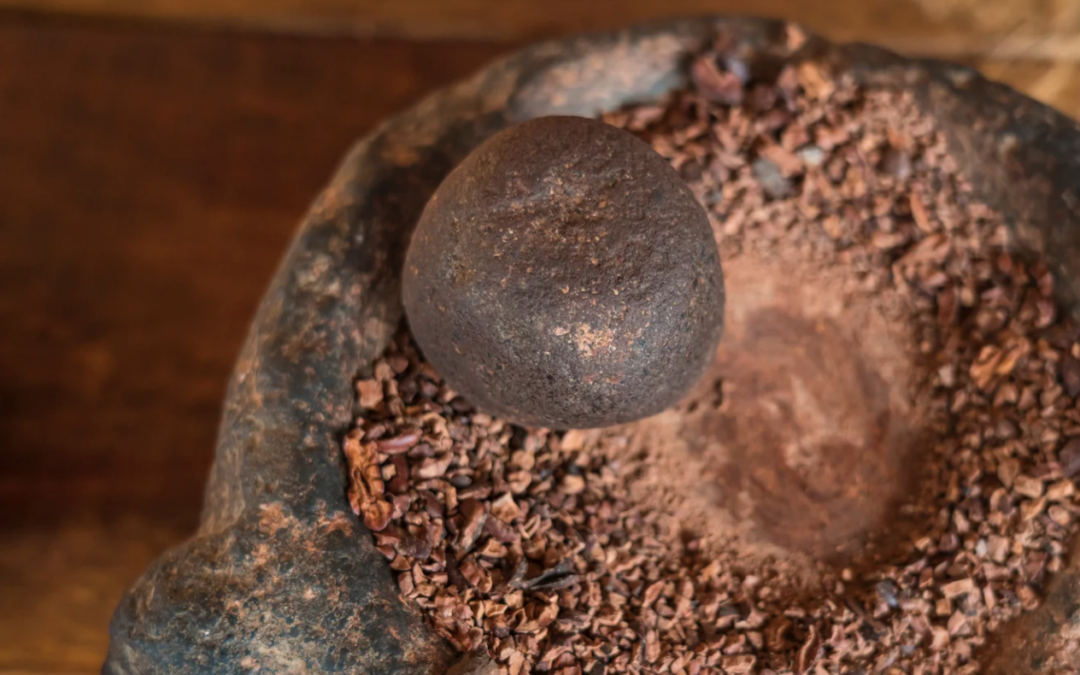Cocoa is the heart of every chocolate creation, but not all cocoa beans are equal. When it comes to making exceptional chocolate, understanding the difference between commodity cocoa and fine cocoa is key. These two categories represent different approaches to cultivation, quality, and flavor, that shape the chocolate we enjoy day to day.
Whether you call it specialty, premium, or fine, keep reading and learn what makes high-quality cocoa different from regular commodity cocoa.
What is commodity cocoa?
Commodity cocoa is cocoa grown and sold in large volumes, mainly for mass-produced or “industrial” chocolate. The focus is on producing as much as possible at the lowest cost, often at the expense of quality. The majority of commodity cocoa is sourced from a handful of key countries, such as Ivory Coast, Ghana, Indonesia, and Ecuador.
This type of cocoa is commonly used in everyday chocolate “candy” products, where keeping costs low and ensuring consistency is more important than unique and interesting flavors. While it works well for large-scale production, commodity cocoa often lacks the rich and complex tastes found in fine or specialty cocoa.
Defining fine or specialty cocoa
Fine or specialty cocoa is high-quality cocoa known for its special flavors and careful growing process. Unlike commodity cocoa, it is produced in smaller amounts with a focus on quality over quantity.
This cocoa is valued by bean-to-bar chocolate makers and artisanal chocolatiers for its rich and complex flavors, which can include fruity, floral, or nutty notes. Craft chocolate makers are willing to pay a premium for these specialty cocoa beans. Fine cocoa highlights craftsmanship, sustainability, and the cultural traditions of its origins, making it popular among those who see chocolate as more than just a treat, but rather, an indulgence.
Flavor profiles and quality standards
Like fine wine, the flavor of cocoa can vary greatly depending on how it’s grown, harvested, and processed. Commodity cocoa generally has a straightforward, consistent flavor, often described as “chocolatey,” but without much depth or complexity. Commodity cocoa is also typically roasted at high temperatures to remove any unique flavors and then vanilla or other flavor chemicals are added to the chocolate to create a consistent, reproducible flavor profile. In this way, industrial chocolate makers can ensure that the chocolate tastes the same, year after year, regardless of the natural variation that comes with an agricultural product. Since the price of the beans is based on weight, farmers often ignore crucial cultivation factors that affect quality, such as optimal sun exposure, proper fermentation, and ideal drying methods to prevent moisture.
On the other hand, fine or specialty cocoa is known for its rich and varied flavor profiles. It can have fruity, floral, nutty, or even spicy notes, influenced by the type of cacao, the soil it’s grown in, and how it’s fermented and dried. Check our flavor wheel, to understand the wide range of aromas and the different families of flavors that contribute to its complexity.
Flavor complexity in specialty cocoa
The quality standards for these two types of cocoa are very different. Commodity cocoa is mainly judged by its yield and price, while fine cocoa is rated based on its aroma, flavor, and lack of defects. This attention to quality results in a superior product that is prized by artisanal and premium chocolate producers.
Farming practices and sourcing method
As with coffee beans, the way cocoa is farmed plays a big role in the quality of the beans and the flavors that develop. Specialty cocoa farms usually follow more sustainable and eco-friendly practices, focusing on healthy soil, protecting nature, and ensuring fair treatment for workers.
Some key practices include:
- Organic Farming: Many specialty cocoa farmers avoid using chemicals like synthetic fertilizers and pesticides, instead using natural methods to improve soil health and support a healthy ecosystem.
- Shade-Grown Cocoa: Growing cocoa under the canopy of taller trees helps protect the plants from strong sunlight, encourages biodiversity, and creates better conditions for the cacao trees to thrive.
- Sustainable Growing: Harvesting cocoa by hand ensures that cacao pods are picked at the right time, improving both the quality and flavor of the cocoa.
- Fermentation: After harvesting, cocoa beans are fermented, which is a crucial step in developing the unique flavors of specialty cocoa. The process and length of fermentation can vary depending on the region and the flavor desired. Some commodity beans may not even go through a fermentation process.
Sourcing methods
Sourcing methods refer to how cocoa beans are collected, stored and traded, which impacts the quality and sustainability of the product. Since there are multiple entities that handle the sacks of cocoa beans along the supply chain, proper storage is critical in maintaining high quality. Improperly stored beans can rot, mildew or become infested with bugs (the cacao moth is a common pest). More direct sourcing methods increase the likelihood that the cocoa beans will be higher quality.
- Direct Trade: This method involves purchasing cocoa directly from farmers, ensuring they are paid fairly and creating a stronger relationship between the grower and the chocolate maker. It often leads to better quality beans.
- Fair Trade Certification: Fair Trade certification ensures that farmers receive fair wages, while also promoting sustainable farming practices and better working conditions.
- Single-Origin Sourcing: Cocoa sourced from a specific region or farm often has unique flavors. Single-origin cocoa is valued for its distinct taste, which can vary based on the local climate, soil, and farming techniques.
- Traceability: Some chocolate makers focus on sourcing cocoa from farms with transparent supply chains, allowing consumers to know exactly where their cocoa comes from and how it’s produced.
Mass production of commodity cocoa
By now, you know that commodity cocoa is primarily grown for mass production, focusing on high yields and low costs. This type of cocoa is widely used in everyday chocolate products, such as candies, cookies, and snacks from large, familiar packaged goods brands, where consistency and affordability take priority over distinctive flavors.
The primary goal of mass production is to meet global demand, which often results in cocoa lacking the rich and complex flavors of specialty cocoa. Commodity cocoa is typically grown on larger farms or co-ops, with beans processed for uniformity. While this method is efficient and cost-effective, it sacrifices the depth of flavor and quality derived from smaller, carefully cultivated cocoa batches, and there is no real focus on sustainability.
However, the mass production and affordable prices of commodity cocoa are under growing pressure due to several industry challenges. Rising cocoa prices, driven by speculative trading and reduced market liquidity, have disrupted the supply chain. Aging cocoa trees, lower yields, diseases like black pod, and unpredictable weather—especially in key regions like West Africa—are reducing supply.
For years, cocoa prices and supply remained relatively stable, making chocolate an accessible luxury worldwide. In the last 20 years, prices typically fluctuated between $2,000-$3,000 per metric ton. But in early 2024, prices surged to over $11,000 per metric ton— three to four times the average price. A year later, prices are still at all-time highs with no expectation that they will go down anytime soon. Lower than expected production in Ivory Coast and Ghana are the primary drivers of this sustained price spike.
These regions, which supply around half of the world’s cocoa, have seen production plummet due to disease and irregular weather patterns. As a result, the industry now faces not only rising costs but also severe shortages, pushing manufacturers to struggle with maintaining production while trying to meet growing demand. This crisis has narrowed the gap between mass-produced cocoa and high-quality specialty cocoa pricing, since many of the big producers are trying to buy whatever they can.
Price and production challenges have led to factory shutdowns in various countries, while farmers face increasing costs, low profits, and delayed payments, making it harder for them to sustain their farms. While price increases seem like a good thing for farmers, it makes the financing of the supply chain much more challenging. These issues put the future affordability and availability of commodity cocoa at risk, potentially reshaping its place in the global chocolate market.
Fine cocoa farming – sustainable and traceable
Sustainable and traceable fine cocoa farming practices prioritize high-quality production while benefiting the environment, farmers, and their communities. This approach emphasizes responsible cultivation, respect for nature, and fair labor practices.
For example, Original Beans, a craft chocolate company from the Netherlands, is renowned for creating some of the world’s finest chocolate using rare and ethically sourced cacao beans. Their mission goes beyond chocolate—they work to preserve these exceptional beans and the forests they grow in for future generations of chocolate lovers.
Sustainable and traceable fine cocoa farming focuses on producing high-quality cocoa in ways that are good for the environment, farmers, and their local communities. This approach ensures that cocoa is grown responsibly, respecting nature and fair labor practices.
Environmental Care: Farmers use eco-friendly methods like organic farming, reducing chemicals, and protecting biodiversity. Cacao trees are often grown under taller shade trees, which help the environment and improve the quality of the beans.
Fair Labor Practices: Sustainable farming ensures fair wages and better working conditions for farmers, helping build stronger communities. It also discourages child labor and encourages education and training for workers.
Traceability: Fine cocoa is often sourced with full transparency, allowing consumers to trace where the cocoa comes from and how it’s produced. This guarantees the cocoa was grown in an ethical way, from farm to chocolate bar.
Support for Farmers: Many sustainable cocoa projects offer training and support to farmers, helping them improve their farming techniques and earn better prices for their cocoa by improving overall quality. This creates a stronger, more direct relationship between farmers and the chocolate makers.
For more great articles and recipes, check out the rest of our CocoTerra blog.
If you have any questions or comments, feel free to contact us through our social media channels. We are @cocoterra_co on Instagram and Pinterest and @cocoterraco on X (aka Twitter) and Facebook.








